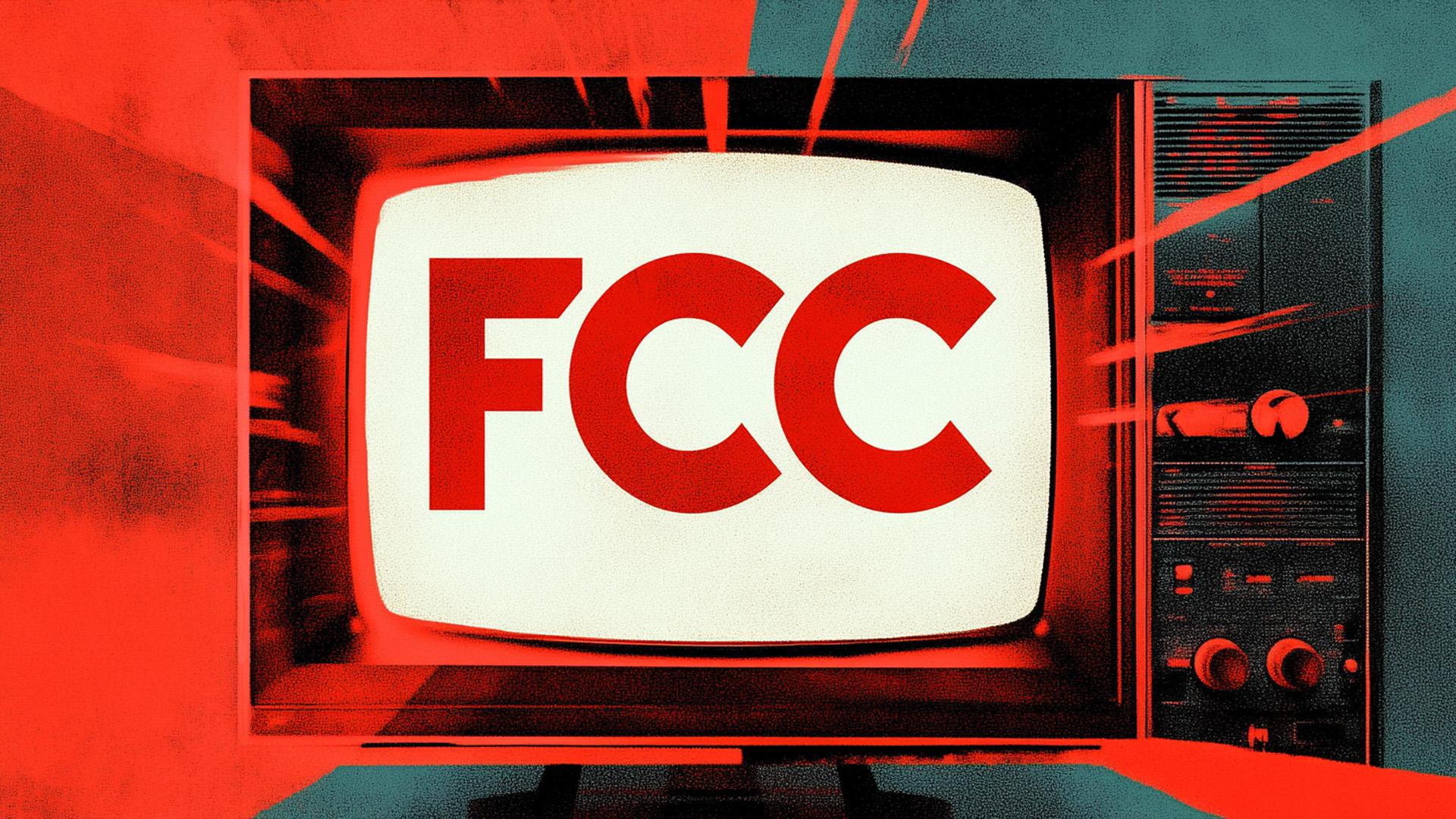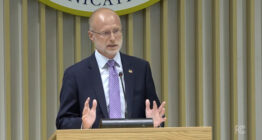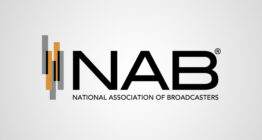FCC initiates deregulatory push with fresh look at station ownership limits

Subscribe to NCS for the latest news, project case studies and product announcements in broadcast technology, creative design and engineering delivered to your inbox.
The Federal Communications Commission is reopening its review of the national television multiple ownership rule, which limits the reach of broadcast television groups to no more than 39% of U.S. households.
The Media Bureau issued a public notice on Wednesday, seeking new public comments in MB Docket No. 17-318, a proceeding that had remained dormant since 2018. The review will examine whether the rule should be retained, modified or eliminated, and whether the UHF discount (allowing UHF stations to count for only half their reach toward the national cap) should continue to apply.
This action came within 24 hours of Olivia Trusty’s Senate confirmation to the FCC, which restored a Republican majority under Chairman Brendan Carr.
“Since the 1940s, the FCC has had rules on the books that limit the number of television stations any single entity can own,” Carr said in a statement. “Those changes have only accelerated in recent years with the advent of online offerings. Broadcasters now compete for eyeballs with YouTube stars, social media platforms, and streaming services like Hulu and Netflix—not to mention traditional cable and satellite offerings.”
“In light of these changes, I am glad that we are launching this proceeding,” Carr continued. “Answering these questions will help ensure that our media ownership rules are neither outdated nor counterproductive.”
Carr also addressed the debate surrounding the Commission’s jurisdiction.
“I am surprised that the issue of the Commission’s legal authority in this area has generated so much controversy,” he said. Citing the Commission’s 2016 determination, he noted that “no statute bars the Commission from revisiting the cap.” He added, “While several seats up here have changed since then, the law has not.”
The national audience reach cap was last formally reviewed in 2017, when the Commission issued a Notice of Proposed Rulemaking. Since then, industry developments, changes in market conditions, and evolving media consumption patterns have prompted renewed interest in the issue.
The notice invites commenters to assess whether prior conclusions remain valid, particularly in light of streaming growth, reverse compensation practices between networks and affiliates, and consolidation among broadcast station owners and multichannel video programming distributors.
The FCC specifically asks whether common ownership of stations not affiliated with major networks should be excluded from the cap and whether discount mechanisms like the UHF discount remain justified.
The Commission is also seeking feedback on the evolving relationship between national networks and local affiliates, the competitive pressures broadcasters face from online video distributors, and any legal or economic developments that may affect the cap’s relevance.
Comments are due 25 days after the notice is published in the Federal Register, with reply comments due 45 days later. All filings must reference MB Docket No. 17-318 and may be submitted electronically through the Commission’s Electronic Comment Filing System.
Curtis LeGeyt, president of the National Association of Broadcasters, welcomed the review.
“We appreciate Chairman Carr’s willingness to tackle this critical issue, which will allow us to better serve our communities with trusted news and information,” LeGeyt said.
The timing of the move, immediately following Trusty’s confirmation, signals a shift in FCC policy priorities. Trusty was confirmed in a 53-45 vote, with Sen. John Fetterman as the only Democrat to vote in favor.
Democratic Commissioner Anna Gomez expressed a willingness to work with Trusty, noting her strong policy background and understanding of communications technologies.
As the Commission moves forward, attention is also turning to the unfilled Republican seat vacated by Nathan Simington. Gavin Wax, Simington’s former chief of staff, has been mentioned as a potential nominee.
Subscribe to NCS for the latest news, project case studies and product announcements in broadcast technology, creative design and engineering delivered to your inbox.






tags
Brendan Carr, Deregulation, FCC, NAB
categories
Broadcast Business News, Broadcast Industry News, Heroes, Policy